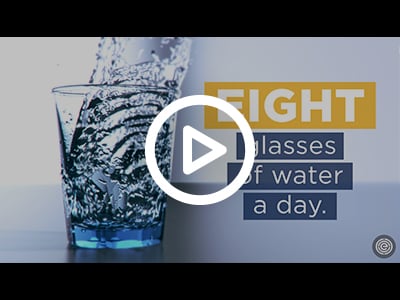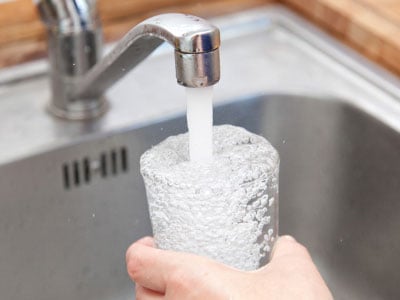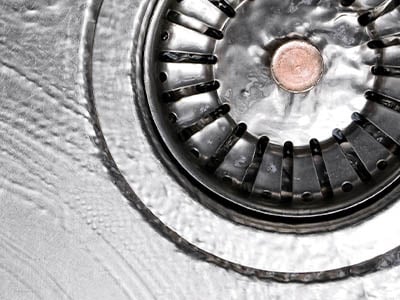Iron River Sanitary District
EWG's drinking water quality report shows results of tests conducted by the water utility and provided to the Environmental Working Group by the Wisconsin Department of Natural Resources, as well as information from the U.S. EPA Enforcement and Compliance History database (ECHO). For the latest quarter assessed by the U.S. EPA (January 2021 - March 2021), tap water provided by this water utility was in compliance with federal health-based drinking water standards.
Utility Details
- Iron River, Wisconsin
- Serves: 600
- Data available: 2014-2019
- Source: Groundwater
Contaminants Detected
2
EXCEED
EWG HEALTH
GUIDELINES
8 Total Contaminants
- Legal does not necessarily equal safe. Getting a passing grade from the federal government does not mean the water meets the latest health guidelines.
- Legal limits for contaminants in tap water have not been updated in almost 20 years.
- The best way to ensure clean tap water is to keep pollution out of source water in the first place.
Looking for a countertop water filter?
Find out which filters earned EWG's recommendation
See the guideContaminants Detected
Arsenic
Potential Effect: cancer488x EWG'S HEALTH GUIDELINEArsenic
more aboutthis contaminant
Arsenic is a potent carcinogen and common contaminant in drinking water. Arsenic causes thousands of cases of cancer each year in the U.S. Click here to read more about arsenic.
Arsenic was found at 488 times above EWG's Health Guideline.
EWG Health Guideline
This Utility
Legal Limit
National Average
State Average
ppb = parts per billion
Health Risks
The EWG Health Guideline of 0.004 ppb for arsenic was defined by the California Office of Environmental Health Hazard Assessment as a public health goal, the level of a drinking water contaminant that does not pose a significant health risk. This health guideline protects against cancer.
Pollution Sources

Agriculture

Industry

Naturally Occurring
Filtering Options
Reverse Osmosis
Ion Exchange
Radium, combined (-226 & -228)
Potential Effect: cancer38x EWG'S HEALTH GUIDELINERadium, combined (-226 & -228)
more aboutthis contaminant
Radium is a radioactive element that causes bone cancer and other cancers. It can occur naturally in groundwater, and oil and gas extraction activities such as hydraulic fracturing can elevate concentrations.
Radium, combined (-226 & -228) was found at 38 times above EWG's Health Guideline.
EWG Health Guideline
This Utility
Legal Limit
National Average
State Average
pCi/L = picocuries per liter
Health Risks
EWG applied the health guideline of 0.05 pCi/L, defined by the California Office of Environmental Health Hazard Assessment as a public health goal for radium-226, to radium-226 and radium-228 combined. This health guideline protects against cancer.Pollution Sources

Industry

Naturally Occurring
Filtering Options
Reverse Osmosis
Ion Exchange
Includes chemicals detected in 2017-2019 for which annual utility averages exceeded an EWG-selected health guideline established by a federal or state public health authority; radiological contaminants detected between 2014 and 2019.
Barium is a mineral present in rocks, soil and water. High concentrations of barium in drinking water increase the risk of cardiovascular disease and hypertension.
How your levels compare
EWG Health Guideline
This Utility
Legal Limit
National Average
State Average
ppb = parts per billion
Health Risks
The EWG Health Guideline of 700 ppb for barium was defined by EWG as benchmark that protects against harm to the kidneys and the cardiovascular system.
Pollution Sources

Industry

Naturally Occurring
Filtering Options
Reverse Osmosis
Ion Exchange
Chromium (total)
more aboutthis contaminant
Chromium is a naturally occurring metal, but industrial uses can elevate its levels in water. One form, hexavalent chromium, causes cancer. Total chromium is not a good indicator of the amount of hexavalent chromium in drinking water.
How your levels compare
This Utility
Legal Limit
National Average
State Average
ppb = parts per billion
Pollution Sources

Industry

Naturally Occurring
Filtering Options
Reverse Osmosis
Ion Exchange
Fluoride
more aboutthis contaminant
Fluoride occurs naturally in surface and groundwater and is also added to drinking water by many water systems.
How your levels compare
This Utility
Legal Limit
National Average
State Average
ppm = parts per million
Pollution Sources
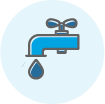
Treatment Byproducts
Filtering Options
Reverse Osmosis
Manganese
more aboutthis contaminant
Manganese is a naturally occurring element that is common in food and drinking water. Excessive manganese exposures may impair children's attention, memory and intellectual capacity. Click here to read more about manganese.
How your levels compare
EWG Health Guideline
This Utility
National Average
State Average
ppb = parts per billion
Health Risks
The EWG Health Guideline of 100 ppb for manganese was defined by the state of Minnesota as a health risk limit, the concentration of a contaminant that can be consumed with little or no risk to health. This health guideline protects against harm to the brain and nervous system.
Pollution Sources

Industry

Naturally Occurring
Filtering Options
Ion Exchange
Nitrate
more aboutthis contaminant
Nitrate, a fertilizer chemical, frequently contaminates drinking water due to agricultural and urban runoff, and discharges from municipal wastewater treatment plants and septic tanks. Excessive nitrate in water can cause oxygen deprivation in infants and increase the risk of cancer. Click here to read more about nitrate.
How your levels compare
EWG Health Guideline
This Utility
Legal Limit
National Average
State Average
ppm = parts per million
Health Risks
The EWG Health Guideline of 0.14 ppm for nitrate was defined by EWG . This health guideline protects against cancer and harm to fetal growth and development.
Pollution Sources

Agriculture

Runoff & Sprawl

Naturally Occurring
Filtering Options
Reverse Osmosis
Ion Exchange
Nitrate and nitrite
more aboutthis contaminant
Nitrate and nitrite enter water from fertilizer runoff, septic tanks and urban runoff. These contaminants can cause oxygen deprivation for infants and increase the risk of cancer. Nitrite is significantly more toxic than nitrate. Click here to read more about nitrate.
How your levels compare
EWG Health Guideline
This Utility
Legal Limit
National Average
State Average
ppm = parts per million
Health Risks
The health guideline of 0.14 parts per million, or ppm, for nitrate and nitrite is based on the equivalent health guideline for nitrate, as defined in a peer-reviewed scientific study by EWG. This guideline represents a one-in-one-million annual cancer risk level.Pollution Sources

Agriculture

Runoff & Sprawl

Naturally Occurring
Filtering Options
Reverse Osmosis
Ion Exchange
Includes chemicals detected in 2017-2019 for which annual utility averages were lower than an EWG-selected health guideline established by a federal or state public health authori.
Other Contaminants Tested
✕Iron River Sanitary District compliance with legally mandated federal standards:
- From April 2019 to March 2021, Iron River Sanitary District complied with health-based drinking water standards.
- 8 QUARTERSin violation of any federal drinking water standard from April 2019 to March 2021
Information in this section on Iron River Sanitary District comes from the U.S. EPA Enforcement and Compliance History Online database (ECHO).
LEARN MORE ABOUT THIS UTILITYWater Filters That Can Reduce Contaminant Levels
| Contaminant | Activated Carbon | Reverse Osmosis | Ion Exchange |
| CONTAMINANTS ABOVE HEALTH GUIDELINES | |||
| Arsenic | ✔ | ✔ | |
| Radium, combined (-226 & -228) | ✔ | ✔ | |
| OTHER CONTAMINANTS DETECTED | |||
| Barium | ✔ | ✔ | |
| Chromium (total) | ✔ | ✔ | |
| Fluoride | ✔ | ||
| Manganese | ✔ | ||
| Nitrate | ✔ | ✔ | |
| Nitrate & nitrite | ✔ | ✔ | |
Take Action
Contact Your Local Official
One of the best ways to push for cleaner water is to hold accountable the elected officials who have a say in water quality – from city hall and the state legislature to Congress all the way to the Oval Office – by asking questions and demanding answers.
LEARN MOREFilter Out Contaminants
Check out our recommendations for filters to protect your water against the detected contaminants.
EWG’S WATER FILTER GUIDE